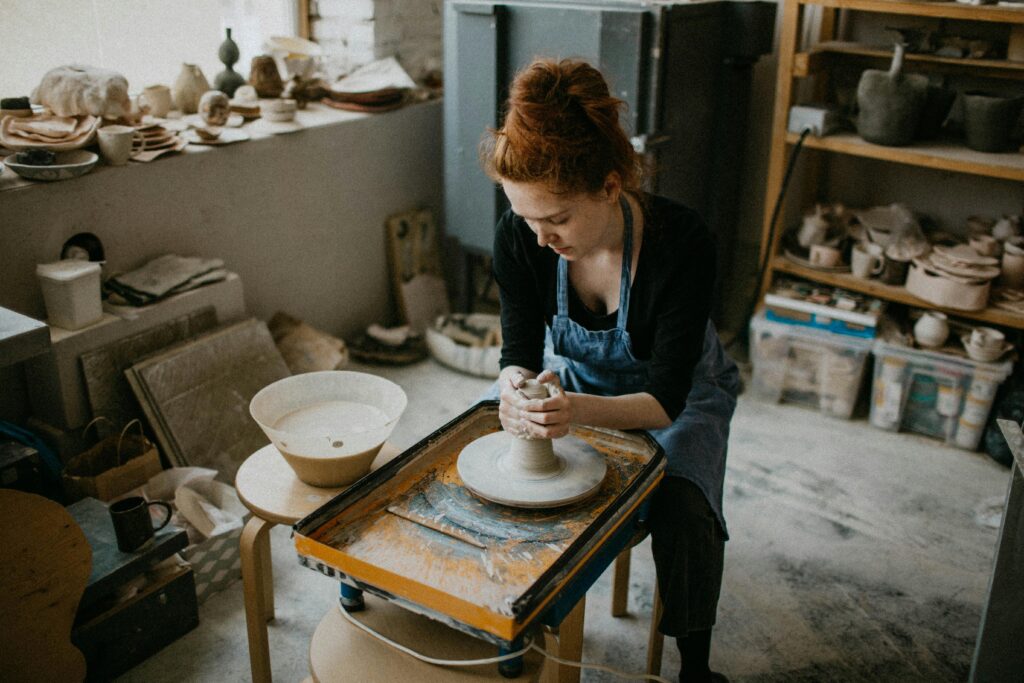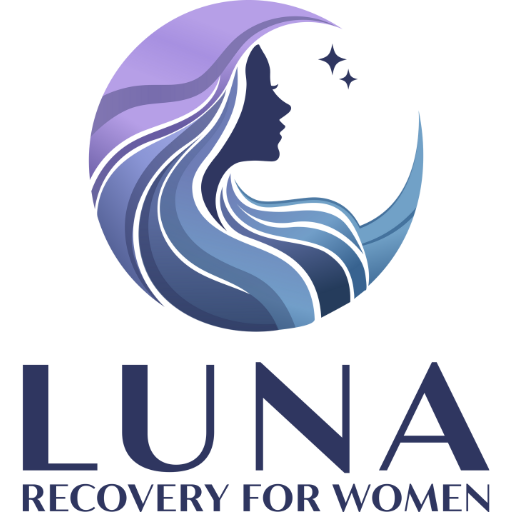Art therapy is a unique treatment approach that integrates therapeutic techniques with various forms of creative expression. The goal is to help individuals improve their emotional well-being by using art as a medium to explore feelings, address past trauma, and express their needs. Whether through drawing, painting, sculpting, or other artistic forms, individuals can process overwhelming emotions in a manageable and non-confrontational way.
Unlike traditional talk therapy, art therapy allows people to communicate their emotions indirectly, often making it easier to address difficult topics. This approach can reduce anxiety, enhance self-awareness, and boost self-esteem, helping individuals develop healthier coping mechanisms. Because substance misuse is often linked to emotional pain and trauma, learning to process these emotions is a critical step toward long-term recovery. For this reason, art therapy plays an important role in addiction treatment at Luna Recovery for Women, offering a powerful tool for healing and personal growth.
What is Art Therapy?
Art therapy uses creative techniques to help individuals express themselves artistically and explore the emotional and psychological undertones of their artwork. While people have used art as a form of self-expression for centuries, its use as a therapeutic tool is relatively recent. The term “art therapy” was first introduced by Adrian Hill, an English artist who discovered the therapeutic benefits of painting while recovering from tuberculosis.
Since then, art therapy has become widely recognized as an evidence-based treatment for conditions such as anxiety, depression, post-traumatic stress disorder (PTSD), eating disorders, and substance use disorders. According to the American Art Therapy Association (AATA), art therapy helps individuals heal from trauma, illness, and life challenges through creative expression. Artistic talent is not required—what matters is being open to the creative process and willing to engage in the sessions. Research published in the Art Therapy: Journal of the American Art Therapy Association found that just 45 minutes of art therapy can significantly reduce stress levels.
Additionally, art therapy can help individuals explore and process emotions; reconcile and heal emotional conflicts; manage addiction and harmful behaviors; and develop or improve social skills. Art therapy can also increase self-esteem, which can reduce anxiety and promote relaxation.
Common Types of Art Therapy

Art therapy encompasses a wide range of creative activities, allowing individuals to choose the methods that best suit their preferences and needs. Regardless of the medium, the goal is to express feelings and explore experiences that may be difficult to verbalize. Common forms of art therapy include:
- Visual Arts: Painting, drawing, coloring, woodcarving, and sculpting with clay
- Mixed Media: Scrapbooking, creating collages, and digital art
- Expressive Arts: Music, dancing, acting, writing, and poetry
These activities allow individuals to engage their minds and bodies in the creative process, helping them release tension, process emotions, and gain insight into their thoughts and behaviors.
What Happens During an Art Therapy Session?
Art therapy sessions typically begin with an initial assessment and conversation. During this time, the therapist introduces themselves, discusses the individual’s goals and experiences, and explores what they hope to gain from art therapy. Once a sense of trust and understanding is established, the creative process begins.
Individuals may work independently or collaboratively, depending on the session’s goals. Throughout the process, the therapist provides guidance and encouragement, helping individuals explore the emotions and memories that arise as they create. After the artwork is completed, the therapist facilitates a discussion about the thoughts and feelings experienced during the process. This reflection helps individuals identify and address underlying emotional challenges while gaining insight into their behaviors and coping mechanisms.
The therapist may also interpret aspects of the artwork to help individuals understand subconscious patterns and beliefs. This process continues until individuals have addressed the issues that brought them to therapy and have developed healthier ways to cope with future challenges. For those in addiction recovery, this approach can be especially beneficial, as it provides a safe and constructive way to process the emotions that often contribute to substance use.
How Art Therapy Supports the Addiction Recovery Process
1. Talking About Difficult Topics in a Non-Threatening Way
Opening up about past experiences and emotional pain can be one of the most challenging aspects of addiction recovery. Sharing personal struggles with strangers can feel intimidating, causing some individuals to withdraw or avoid discussing their emotions altogether. This reluctance can hinder the recovery process, as unaddressed emotions often contribute to substance use.
Art therapy offers a non-threatening alternative to traditional talk therapy. By focusing on their artwork, individuals can explore their emotions without the pressure of direct conversation. Discussing their creations can help them gradually open up, making it easier to share their thoughts and experiences. As individuals become more comfortable expressing themselves through art, they often find it easier to engage in other aspects of addiction treatment, such as individual counseling and group therapy.
2. Self-Reflection and Honesty About Past Pain
Art therapy encourages individuals to reflect on their experiences and confront the realities of their addiction. Creating self-portraits, for example, can prompt individuals to examine how they see themselves and how addiction has impacted their identity. Similarly, depicting significant life events through art can help individuals process past trauma and recognize the changes they need to make to achieve lasting recovery.
This process of self-reflection can help individuals move past denial and gain a deeper understanding of their behaviors. By visually representing their emotions and experiences, they can begin to accept their reality and recognize the importance of ongoing treatment and healthier coping strategies.
3. Managing Cravings Through Natural Dopamine Release
Cravings are a common challenge during addiction recovery and can persist long after the detoxification process is complete. Without healthy ways to manage these urges, individuals may be at risk of relapse. Fortunately, engaging in creative activities like painting, drawing, sculpting, or writing poetry can help reduce cravings by stimulating the brain’s natural release of dopamine—a neurotransmitter that plays a key role in feelings of pleasure and reward.
When individuals experience the sense of accomplishment that comes from creating something meaningful, their overall well-being improves. This natural boost in mood can help reduce the desire to seek artificial highs from substances, making it easier to stay motivated and focused on recovery.
4. Building Self-Confidence and Motivation
Low self-esteem is a common barrier to recovery. Individuals who feel powerless or incapable of achieving their goals may struggle to stay committed to sobriety. Art therapy can help rebuild self-confidence by providing tangible evidence of an individual’s creativity and accomplishments. Completing a piece of artwork—whether a painting, sculpture, or poem—demonstrates their ability to create something meaningful and beautiful.
As individuals see their skills improve over time, they gain confidence in their abilities and begin to believe in their potential for success. This renewed sense of self-worth can increase their motivation to stay sober, pursue their goals, and build a healthier, more fulfilling life.
A Unique Way to Recover From Addiction

At Luna Recovery for Women, we believe in a comprehensive approach to addiction treatment that addresses the physical, emotional, and psychological aspects of recovery. Our flexible outpatient programs combine evidence-based therapies such as individual and group counseling, family therapy, and 12-step meetings with holistic treatments like art therapy.
We encourage individuals to explore the healing power of creativity as a tool for self-expression and personal growth. Drawing, painting, sculpting, and other artistic activities can help individuals set realistic goals, process their emotions, and develop a stronger sense of identity. Whether creating a self-portrait to reflect on personal growth or using color and texture to express difficult emotions, art therapy provides a safe and supportive space to explore the challenges of recovery.
Through this process, individuals can heal from past pain, rediscover their strengths, and develop the confidence and resilience needed to maintain long-term sobriety.
Contact Luna Recovery for Women Today
If you’re ready to incorporate art therapy into your recovery journey, Luna Recovery for Women is here to help. Our compassionate team offers personalized treatment programs that combine traditional therapies with creative approaches to healing.
Don’t be afraid to try something new—contact us today to learn more about our services. We’re available 24 hours a day, seven days a week, to support you on your path to lasting recovery.
